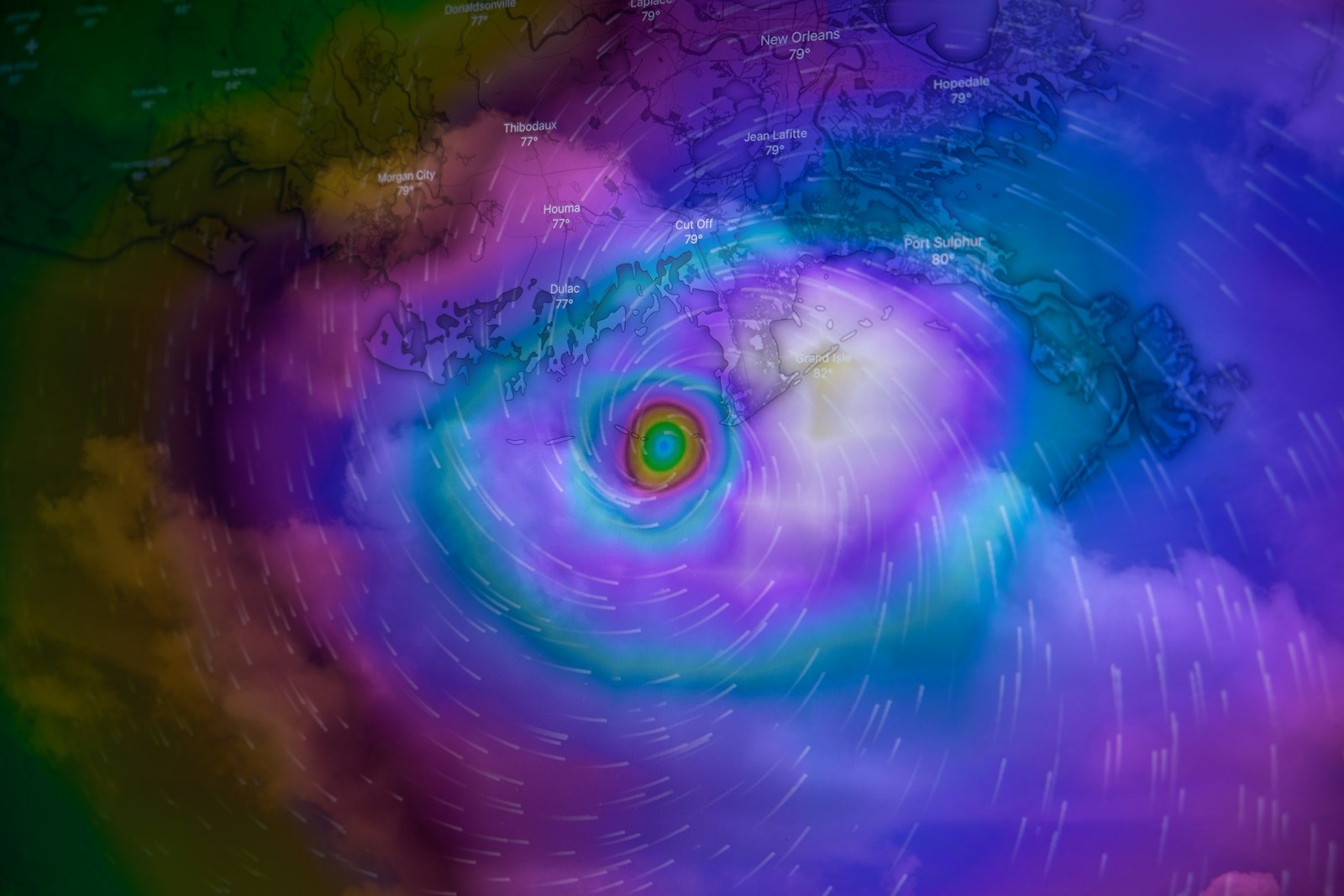Table of Contents
ToggleIntroduction:
In the midst of the ongoing COVID-19 pandemic, India is now grappling with another viral outbreak – H3N2. The H3N2 virus is a strain of the influenza virus that causes flu-like symptoms and has been responsible for several outbreaks around the world. In India, the virus has already claimed six lives, with multiple cases being reported in Karnataka, Haryana, and Punjab. In this article, we’ll take a closer look at the H3N2 outbreak in India, its symptoms, causes, and preventive measures.
What is H3N2?
H3N2 is a subtype of the influenza virus that causes flu-like symptoms in humans. The virus is highly contagious and can spread through the air when an infected person coughs, sneezes, or talks. H3N2 can also spread through contact with contaminated surfaces, such as doorknobs and handrails.
Symptoms of H3N2:
The symptoms of H3N2 are similar to those of the flu and include fever, cough, sore throat, runny or stuffy nose, body aches, headache, chills, and fatigue. In severe cases, the virus can cause pneumonia and lead to hospitalization or death. The symptoms of H3N2 can appear anywhere from one to four days after exposure to the virus.
Cases of H3N2 in India:
India has reported multiple cases of H3N2 in recent weeks, with the majority of cases being reported in Karnataka, Haryana, and Punjab. According to health officials, six people have already died from the virus, and the number of cases is expected to rise in the coming weeks.
Causes of H3N2:
H3N2 is caused by a virus that undergoes frequent mutations, making it difficult to develop a long-lasting vaccine. The virus can spread quickly in crowded areas, such as schools, offices, and public transportation, making it easy for the virus to spread from person to person.
Preventive measures for H3N2:
There are several steps you can take to reduce your risk of contracting H3N2. The most effective way to prevent the virus is by getting vaccinated every year. You can also reduce your risk of infection by washing your hands frequently, avoiding close contact with sick people, covering your mouth and nose when coughing or sneezing, and staying home if you’re feeling unwell.
Conclusion:
The H3N2 outbreak in India is a cause for concern, especially given the ongoing COVID-19 pandemic. While the symptoms of H3N2 are similar to those of the flu, the virus can cause severe complications, especially in people with weakened immune systems. By taking the necessary preventive measures, we can reduce our risk of contracting the virus and help prevent its spread. Stay safe, stay healthy.








1 thought on “H3N2 Update: India Reports Multiple Cases and Deaths in Karnataka, Haryana, and Punjab”
Pingback: Worldwide Boom of Labs Designed to Handle Deadliest Pathogens: A Silent Environmental Threat - Sustainability Awakening